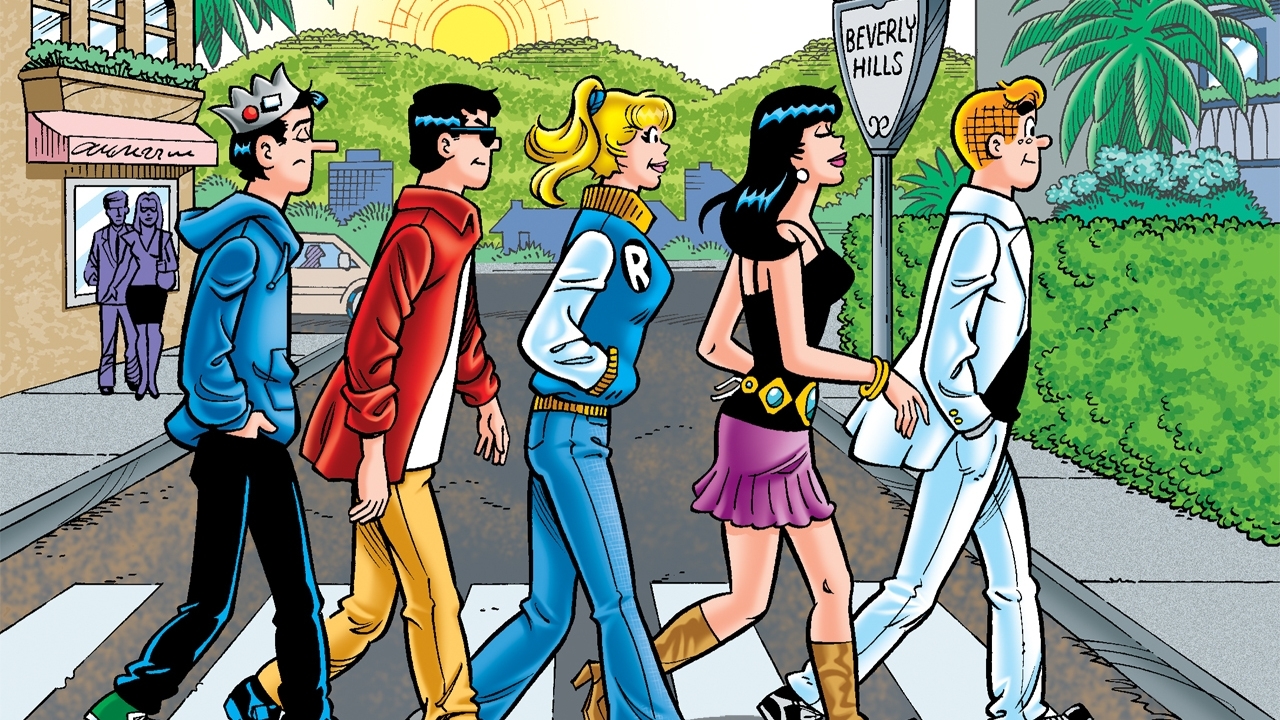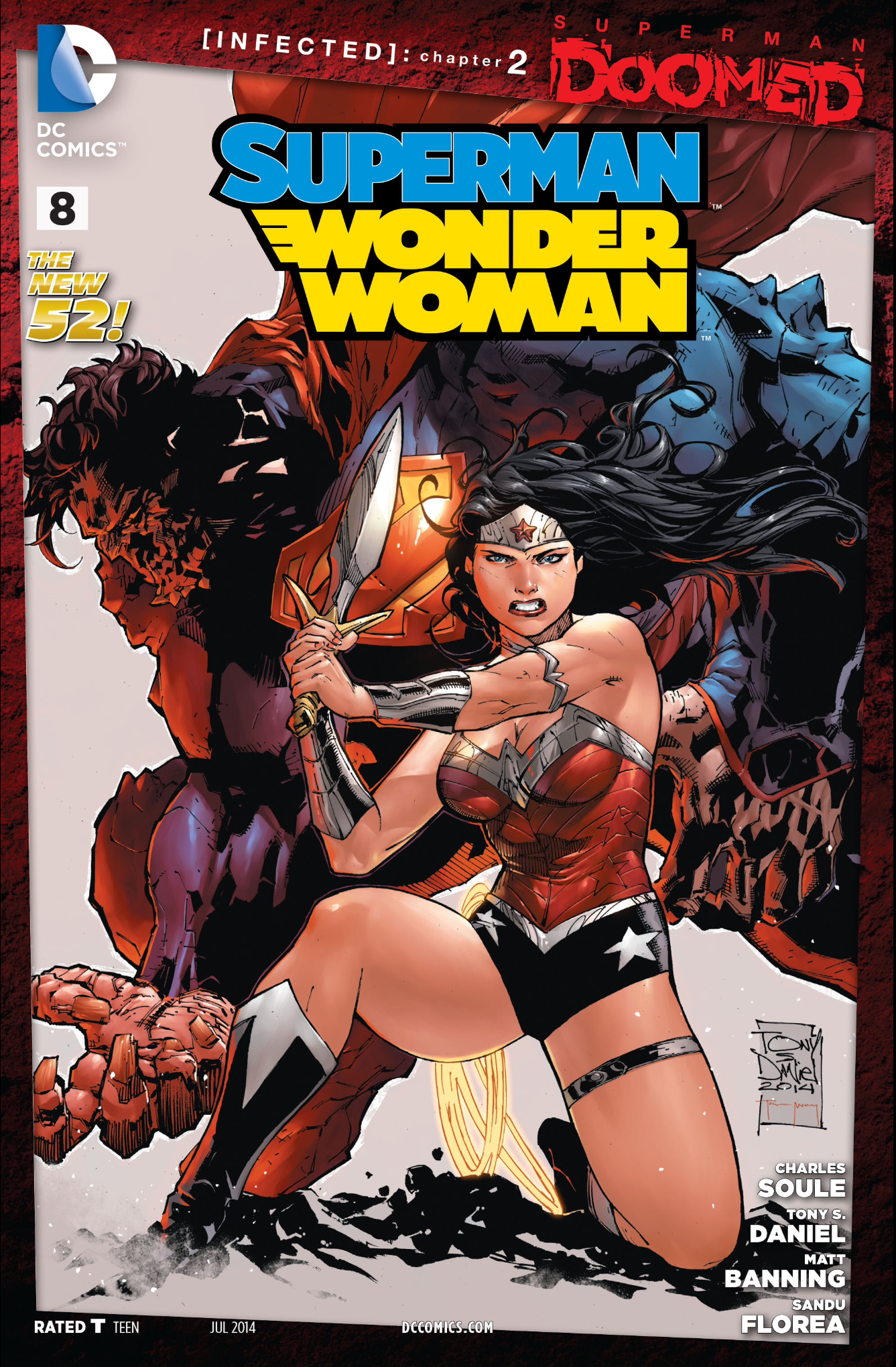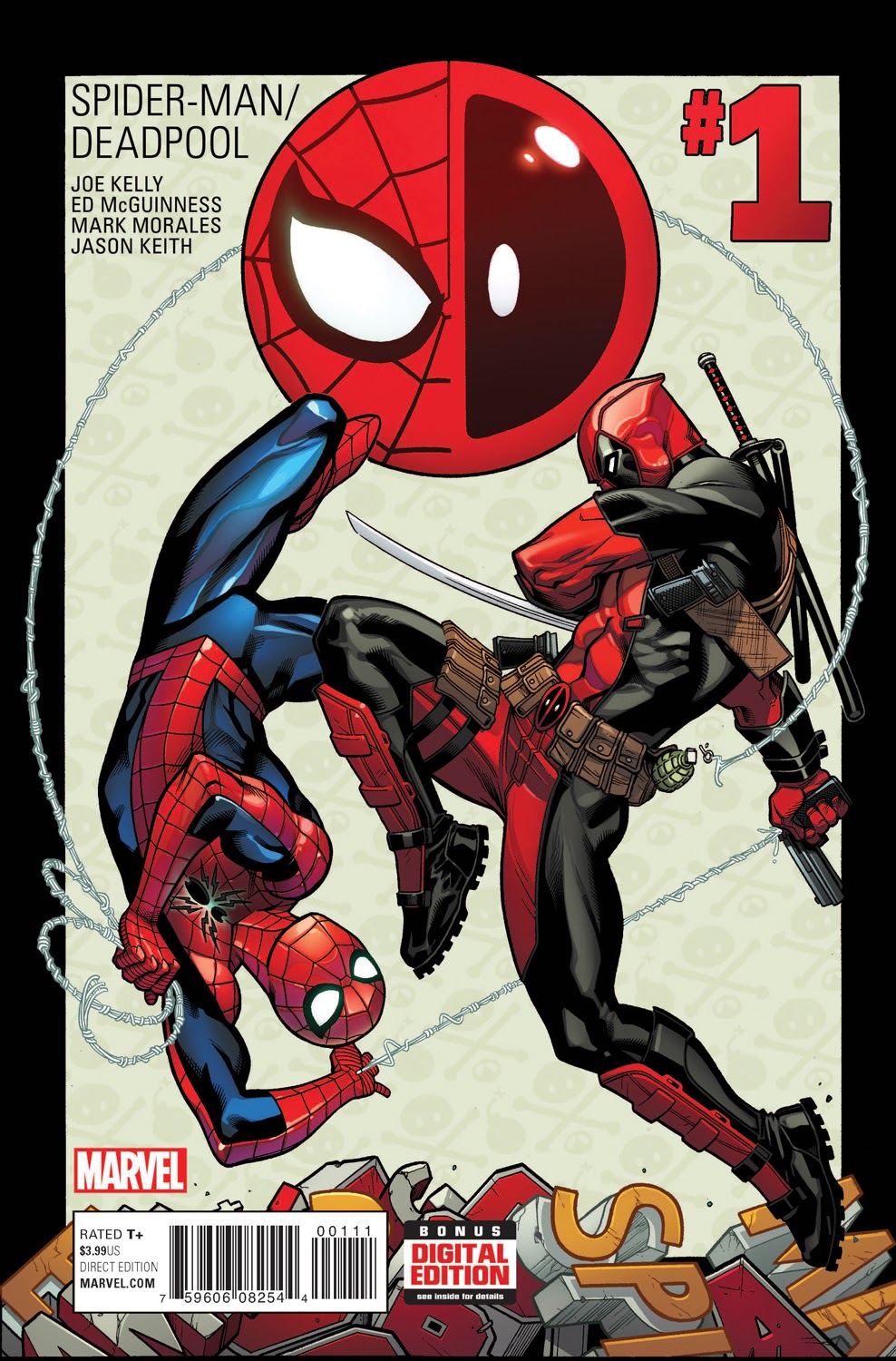Carolyn Cocca is Associate Professor in the Department of Politics, Economics, and Law at the State University of New York, College at Old Westbury. She is the author of Jailbait: The Politics of Statutory Rape Laws in the United States (SUNY Press), and most recently, of “The Brokeback Project: A Quantitative and Qualitative Analysis of Portrayals of Women in Mainstream Superhero Comics, 1993-2013”, “Negotiating the Third Wave of Feminism in Wonder Woman” and “Re-booting Barbara Gordon: Batgirl, Oracle, and Feminist Disability Theories” in ImageTexT. She teaches courses on U.S. politics, civil liberties and civil rights law, and the politics of gender and sexuality.
Click here for the introduction to the Comics, Human Rights and Representation Week.
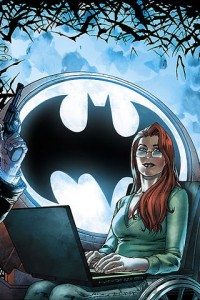
Our use of the word “disabled” tends to have more to do with how someone interacts with their environment, rather than their actual physical impairment. While we do not tend to label someone who uses glasses, or an elevator, or a chainsaw disabled, we do tend to label someone who has access to none of those technologies disabled—because s/he is not perfectly able to see or climb stairs or swing an axe. It is a civil rights issue and a human rights issue to push for inclusion, and to change environments rather than marginalizing those who don’t fit them.
For many people, who perceive disability as more of a descriptor of a body, the words “disabled” and “superhero” may not seem to go together. But there are comics characters who are both. And while their portrayals are complicated, their representations as both disabled and superheroic are critically important, not only for those who would identify as disabled and might identify with such characters, but also for those who would identify as non-disabled and might expand their notions of disability and of heroism because of such characters. This article examines recent representations of disability in comics, both their more progressive as well as their more problematic aspects.
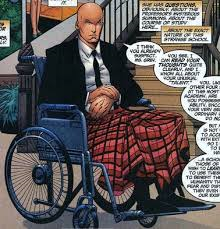
When I think about disabled superheroes, three who have been in comics as well as on tv and film come to mind: Charles Xavier/Professor X, Matt Murdock/Daredevil, and Barbara Gordon/Oracle. Two others would probably be familiar to many comics readers: Victor Stone/Cyborg and Misty Knight. But even in this small group there are some uncomfortable differences in their portrayals, in terms of race and gender. For instance, white male professor Charles Xavier uses a wheelchair and yet also has telepathic and psionic abilities; white male lawyer Matt Murdock is blind and yet “sees” even more with his radioactively mutated “vision.” Both are privileged men, made more privileged through their mental superpowers. By contrast, Cyborg and Misty Knight are African-American superheroes with sci-fi-prostheses much stronger than their replaced human limbs. Their superpowers are physical, rather than mental; their dark disabled bodies made more fearsome and more “othered” with technology. While it is significant that there are these representations of superheroes with disabilities in and of themselves, the problematic commonality here is that all but one of these five is portrayed as having some extraordinary power that so overcompensates for disability that we almost forget about what we would have labeled a disability in the first place. It is almost as if disabilities are not represented through these four characters.
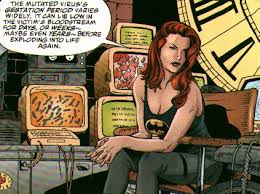
The character who does not fit this mold is Barbara Gordon, who has no superpowers. Debuting in 1967 as Batgirl, the character was shot by the Joker in 1988 and her legs were paralyzed. She was relaunched in 1989 by John Ostrander and Kim Yale as “Oracle”: computer expert, information broker, tactical leader of various superhero teams, wheelchair user, and “no less of a “hero” than before. Appearing in several comics titles, she starred in Birds of Prey (1996-2011). Written mostly by either Chuck Dixon or Gail Simone, Barbara was light-skinned, red-haired, tall, strong, pretty, funny, sometimes self-pitying, caring, bright, stubborn, independent, vulnerable, and capable both in and out of the chair.
Simply put, Barbara’s portrayal can push readers to “reimagine disability” as a common human experience and work to be more inclusive of people with disabilities. She is not characterized in ways people with disabilities often have been on television and film: as villainous, suicidal, bitter, self-pitying, lonely, dependent, free from structural discrimination, and unable to accept themselves and their disabilities until caring people around them force them to “move on”. Barbara is not marginalized or defined by her disability by those around her, and because of this she is a full participant in her world.

But it is a bit more complicated than that, because the ways in which she is economically, racially, and sexually privileged can just as easily lead us to the unrealistic expectations that anyone can “overcome” a disability. Barbara has a Ph.D, a J.D., and an LL.M.; she draws money from villains’ bank accounts; she has a huge apartment with weight machines and a pool, which she uses to maintain her pre-paraplegia super-athleticism and fighting skills. But in the real world, the majority of people with disabilities are more likely to be poor, unemployed, undereducated, and victims of violence. This is of course exacerbated for women, for women of color, and for women in poorer countries.
Barbara is almost always portrayed as an equal, a leader, or a mentor. She both leads and is relied upon by many superheroes. She is surrounded by supportive friends as well as her father, and she acts as a mentor and sometimes as a guardian to younger heroes. And she is involved (on-and-off) in a romantic and sexual relationship with the Robin to her Batgirl, Dick Grayson. All of this subverts a stereotype of women with disabilities as dependent, isolated, unable to care for young people, and lonely. It does, however, fall into a stereotype of women as intergenerational nurturers, who play less visible supportive roles, and are unduly interested in heterosexual romance. Similarly, she is sometimes drawn in a more sexualized manner, which destabilizes stereotypes of women with disabilities as asexual and unattractive, but perpetuates an unfortunate trend in mainstream superhero comics of the sexual objectification of female but never male characters. In short, we must be cautious about looking solely at representations of disability without also seeing how other identity categories might be impacted by them.
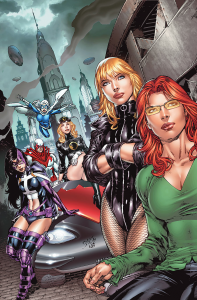
If we had more numerous and diverse representations of disability, the above would not be so problematic. Barbara/Oracle would just be one example of a disabled superhero, rather than carrying so much representational weight herself. But, in 2011, when DC Comics relaunched or rebooted their superhero titles, Oracle disappeared entirely. A “cured” Barbara was once again Batgirl. The new title was helmed by Gail Simone, who had written Barbara as Oracle for years in Birds of Prey. Simone’s Batgirl has survivor’s guilt over her “cure,” and also has post-traumatic stress disorder due to the home invasion and shooting by the Joker. “Cure” narratives, not infrequent in media representations of disability, are heavily criticized by disability theorists in their focus on changing a disabled person’s body rather than societal structures and cultural attitudes about disability. Reflecting the feelings of many fans of Oracle, one wrote,
“Disabled people are told that their bodies are wrong and that they should seek to be “cured,”… that they are foolish and selfish if they are proud of the way they are.…In Oracle, we had this disabled woman who was one of the most powerful people on the planet. Who flipped ableist and sexist narratives on their heads and said, ‘I am here, and I am not broken….’ In the reboot, we lost all of that”.
Disabilities need to be represented realistically, with great diversity, and with images and text that challenge our perceptions of how we construct the category. Comics have been part of this process and can continue to be, if readers show with their words and with their dollars that such representations are relevant around the world. And of course they are, for in the end, we are all merely temporarily able-bodied.
Click here to read all of the Comics, Human Rights and Representation articles.


